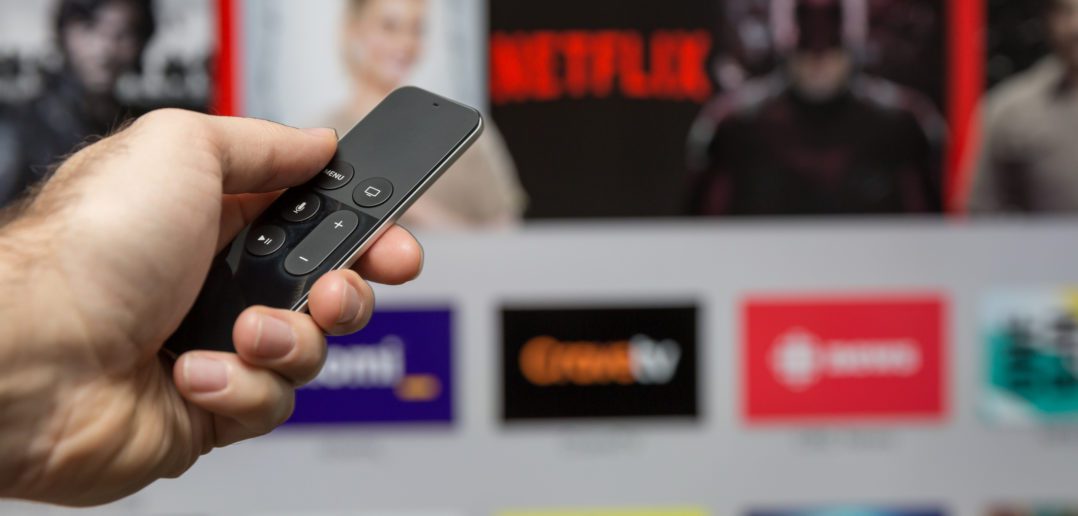No one can see into the future, but wouldn’t it be exciting if we could? What industry trends will be a wise investment? Which current viewing staples will disappear? While we can’t say for sure, industry experts have plenty of theories as to what the future of television, film and the video-on-demand (VOD) will look like.
Let’s speculate about the future in figures:
$1 billion: The price China’s Wanda paid for Dick Clark Productions. Meanwhile, Verizon bought Yahoo, and AT&T is attempting to takeover Time Warner for $85 billion. These sales are just one sign that the industry is changing. Other signs include the closure of small- and medium-size production companies, an increased demand for series produced strictly for VOD sites, and the rise of the YouTube stars. Advertisers also are looking at content differently, going directly to content creators, like YouTube star Liza Koshy with 14 million subscribers, instead of making use of media companies, and many traditional companies have transformed into media companies. It’s entirely possible that by 2027, there no longer will be independent media companies; they will have all been bought out by tech companies. Also, in the next decade, expect virtual reality and augmented reality to become the entertainment norm. Source: tubefilter
Six to 10 minutes: The length of episodes offering creators a stake and featuring a strong advertising component proposed by Jeffrey Katzenberg for his new production company WndrCo. This is what Katzenberg calls the new TV model. He says it’s similar to reading the chapters of a book. The format would work well for news, talk shows and unscripted programming. No one he’s consulted with thinks it’s a bad idea, he claims. So far Katzenberg has raised $600 million for WndrCo. Source: The Hollywood Reporter
77.3%: The percentage of people who said they would prefer to only pay for the TV channels they watch, according to a survey by TiVo’s Video Trend Reports. Paying a la carte just may be the future of cable television. The majority of respondents said their ideal lineup contained 19 networks. Traditional cable bundles together networks owned by the same parent company. Cable network AMC already is dabbling in this, offering a version of the on-air network to multichannel video programming distributors for $5 monthly. Should cable networks begin to be offered a la carte, television will look more like the music industry, where customers can purchase individual songs instead of entire albums. Source: Forbes
60%: The percentage of Americans who subscribe to Amazon Prime Video, Hulu or Netflix, according to Parks Associates. Netflix holds the majority, with a presence in 40% of households. This year, it’s predicted 75% of households will subscribe to at least one VOD service. While the big three VOD providers are the bulk of subscriptions, smaller niche services are gaining in popularity. VOD also is growing as customers learn they can subscribe to a combination of services to gain the content they want while paying less than cable. Source: BGR
5: The number of years ago, the film industry’s new strategy for sequels would have seemed risky. It no longer is, as TV has become the dominate industry in terms of social impact. Movie studios are trying to attract binge watchers by offering movie binges, sequels released months after the previous film. Among films in the works for binging are four Avatar sequels and three Goosebumps adaptations. Source: The Guardian
Top photo © Onfokus/GettyImages




